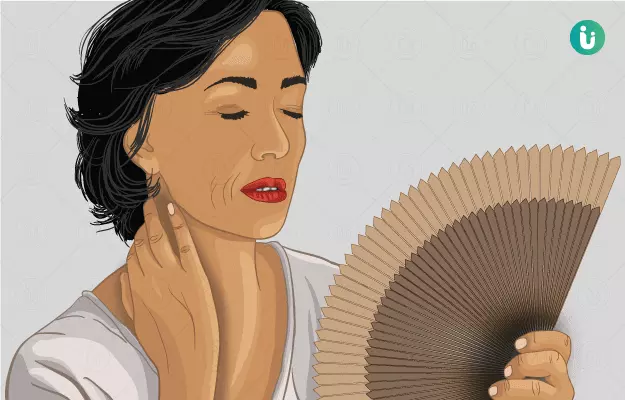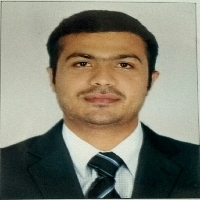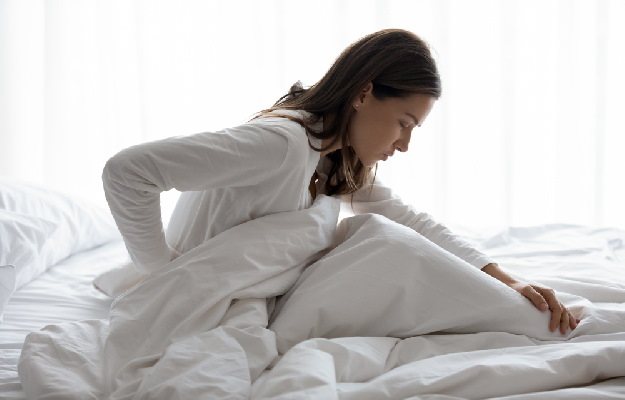Menopause marks the end of menses (periods) in women. It is usually seen between the ages of 45 and 55 years. Once a woman reaches menopause, her ovaries stop releasing eggs and she can't conceive a baby naturally after that. There are certain symptoms that are seen in a woman in the period before (perimenopause), during and after menopause. Some of these symptoms are:
- Hot flashes
- Loss of vaginal elasticity
- Reduced vaginal secretions, which make the vagina dry
- Stress urinary incontinence
- Decreased bone mass
- Mood swings
- Sleeping problems or insomnia
- Anxiety and even depression
- Dry skin
Around 80% of women going through menopause experience hot flashes. Hot flashes can be described as a sudden sensation of heat in the chest, face, and forehead. It can be accompanied by flushing, sweating, and chills. It occurs due to the dilation and contraction of the blood vessels.
When the hot flashes occur during the night, they are called night sweats. Hot flashes are seen in episodes, which means they can stay either for 30 seconds or can last up to 5 minutes. Menopause-related hot flashes are supposed to fade away after one to two years.
Hot flashes can be managed with the help of hormone replacement therapy (HRT). Women who do not wish to go for HRT can make some simple lifestyle changes like quitting smoking, alcohol, spicy food and caffeine and indulging in regular exercising to reduce the episodes of hot flashes.
Read more: How to quit smoking



































